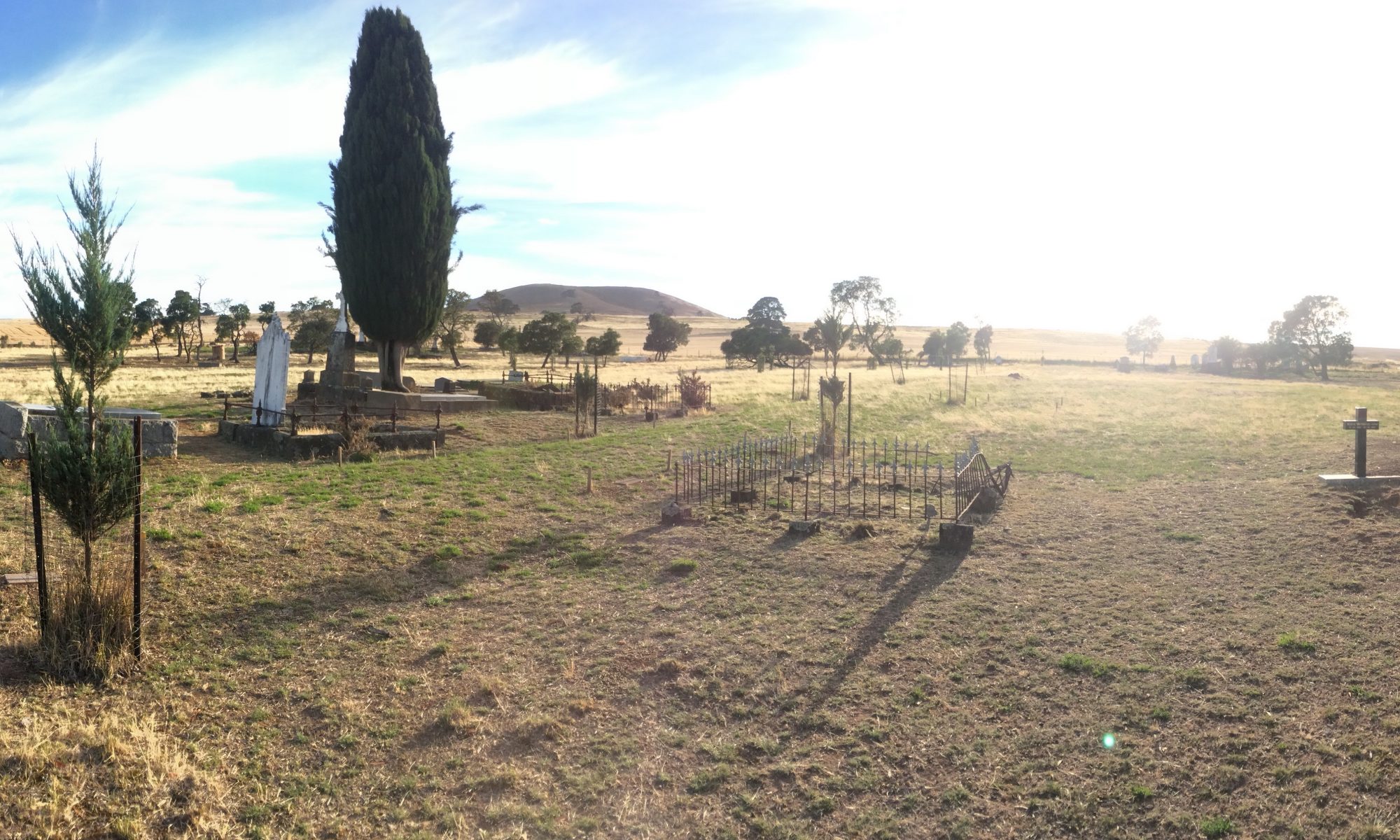This guide explains how to import topographic data (e.g. from LiDAR, total station, or GPS) that was collected separately to your GPR data and then use that data to perform topographic corrections of GPR radargrams in GPR-SLICE.
The guide assumes you have already processed your GPR data and just need to perform the topographic corrections. If you have not reached this point and need help getting started, please refer to the GPR-SLICE training videos.
This can be achieved by following these steps:
- Export your topographic data into a comma-delimited XYZ CSV file. This is a three-column file, with eastings, northings, and elevation readings in each row.
- Name this topographic data file “Topography.dat” (ensure you have a capital T at the start), and save it inside your GPR-SLICE project folder, within the \dat\ folder.
- In GPR-SLICE, first ensure you have done a hyperbola search in the Filter menu in order to create an appropriate velocity model. You will also need to have done any filtering you desire before proceeding with topographic corrections.
- Open the static menu, and choose Topography (or static-topography).
- Choose your GPR data input folder from the options on the far left, and then click the “Import \dat\Topography.dat” button on the right.
- Click OK on the message that appears.
- Click on the “GridTopo1.dat” button, which is immediately beneath the “Import \dat\Topography.dat” button used a moment ago.
- On the gridding menu that appears, ensure the Xstart, Xend, Ystart, and Yend values encompass the GPR data (i.e. the extent of your topo data gridding needs to be larger than the extent of your GPR data grids). Click the grid button to actually perform the topo gridding. Close this menu and get back to the static topography menu.
- If you are just displaying your topographically-corrected radargrams in the OpenGL 3D environment, that’s all you need to do. You can then go to the OpenGL + topo warp screen for displaying the topographically-corrected radargrams.
- However, if you need to create topographically-corrected radargrams for further processing or e.g. for drawing horizons on, you will then need to do the following:
- On the topo menu, you will need to enter a larger value for the “New Samples/scan” in the lower-left corner. The exact value you need will vary from site to site depending on the total topographic relief present at the site. The aim is to tell GPR-SLICE to create radargrams that are deep enough to encompass all GPR data, once topographic corrections are applied. Side note: in the following steps, you may see the lower edges of radargrams being cut-off. This means that the New samples/scan value you used was too low. If that happens, just return here, enter a larger number, and continue with the following steps again…
- Click the “create infotopo” button in the lower-left corner.
- Click the “Extract Topo” button. This button takes the topographic data from the topography grid file (created in step 8, above) and extracts the topographic data required for each radar line, based on the GPR’s GPS data log.
- Click the “Correct” button, immediately below the “Extract Topo” button.
- A new window will open. Click the “import topo” button at the top of the screen to load and plot the topographic data.
- You may wish to apply topographic smoothing. This is explained on page 292 of the 2017 version of the GPR-SLICE user manual.
- Click the “Batch Topo Cor.” button to apply the topographic corrections to the radar data. This will create new radargram files in the \topo\ folder of your GPR-SLICE project directory. You may have noticed while topographic corrections were being performed that the bottoms of radargrams were being cut-off on the display. If so, return to step 11 and enter a larger “New Samples/scan” value. If not, then continue to the next step.
- Close all windows except the main GPR-SLICE window.
- Open the edit info file menu, and choose infotopo.dat from the info file selection menu. Close the edit info menu.
- In whatever step you need to do next, ensure you use the \topo\ data as the input directory.
These operations are also explained on pages 287-292 of the 2017 GPR-SLICE user manual. This manual can be downloaded here.

